Who isn’t familiar with the DP5-V? This radiometer is incredibly widespread across all former Soviet countries. An unspecified number of units have been produced, and to this day, I have never managed to find two that are identical, assembled in the same way and with the same components, except for the SBM20 tube and the Si3 present in the probe.
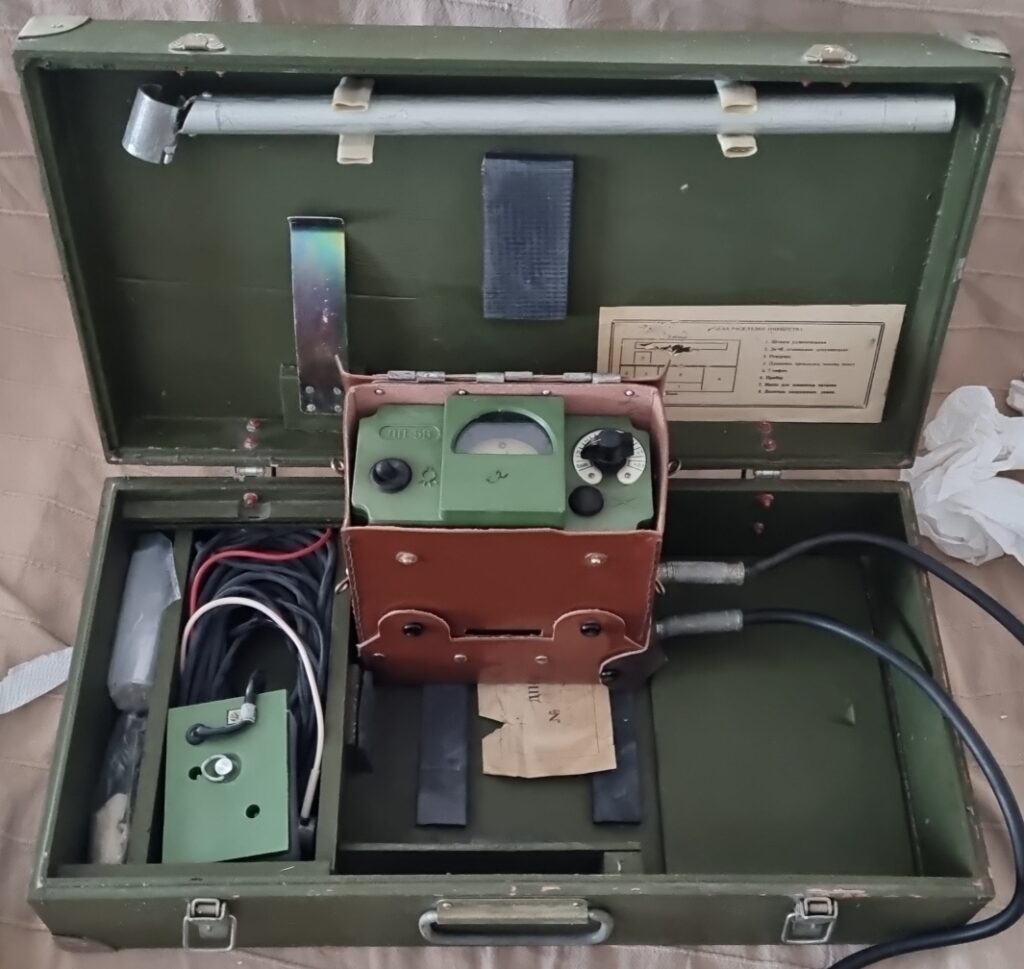
The standard kit accompanying the DP5-V radiometer typically includes the main unit itself, a probe with the SBM20 Geiger-Müller tube and Si3 for detecting beta and gamma radiation, a leather carrying case, headphones for audio indication of radiation levels, and sometimes a calibration certificate or source. Additionally, it usually comes with a set of cables for connecting the probe and headphones to the main unit, and in some cases, a screwdriver for adjustments or maintenance.
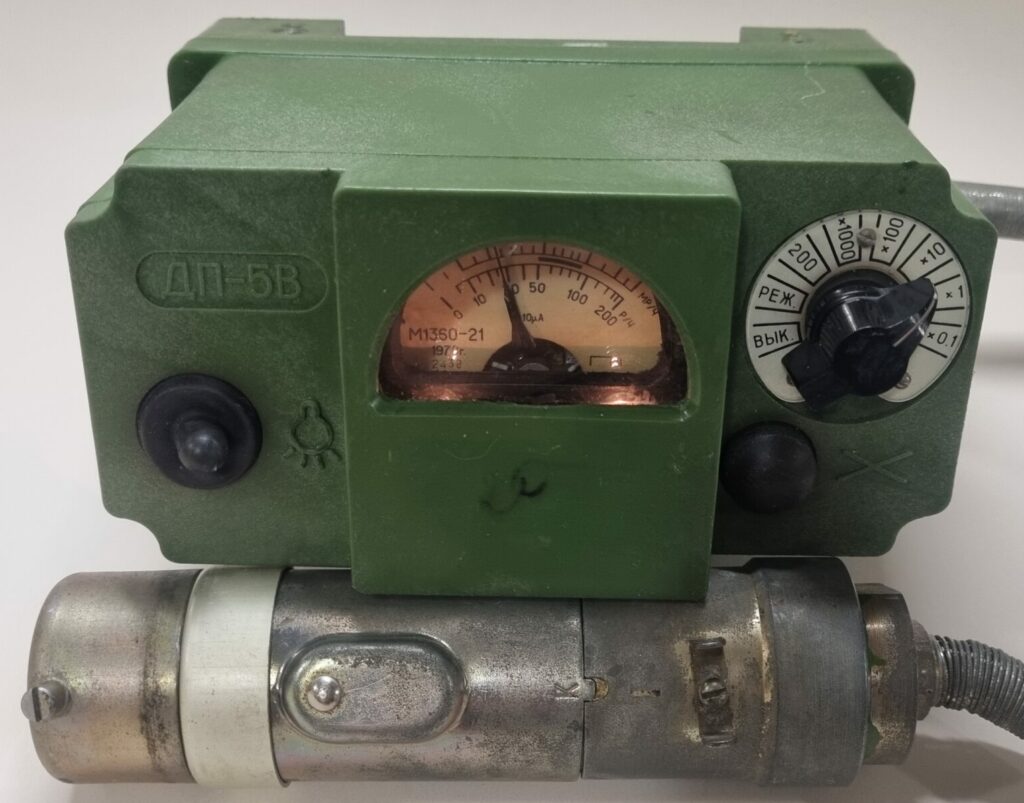
The device itself is extremely simple: it is designed for detecting and measuring radiation levels, featuring a straightforward interface with knobs for turning the device on and off and setting the detection threshold. It operates on a principle where the detected radiation is converted into audible clicks through the headphones or visible readings on its analog scale, providing a direct and immediate indication of the radiation intensity.


This particular version of the DP5-V was shipped to me from Lithuania. However, it had a problem: it wouldn’t turn on! Not even the battery charge indicator was working! Upon opening the device, I was able to trace the cause of the malfunction with the help of the electrical diagram found in its manual. Click to download: дп-5в. It was a through-rivet connecting the positive pole of the battery pack to a soldering eyelet from where the entire device was powered.
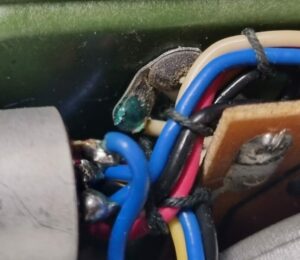
For some strange reason, the eyelet was unable to make good contact with the rivet, preventing the electric current from passing through. The solution was simple: I soldered the rivet and eyelet together.
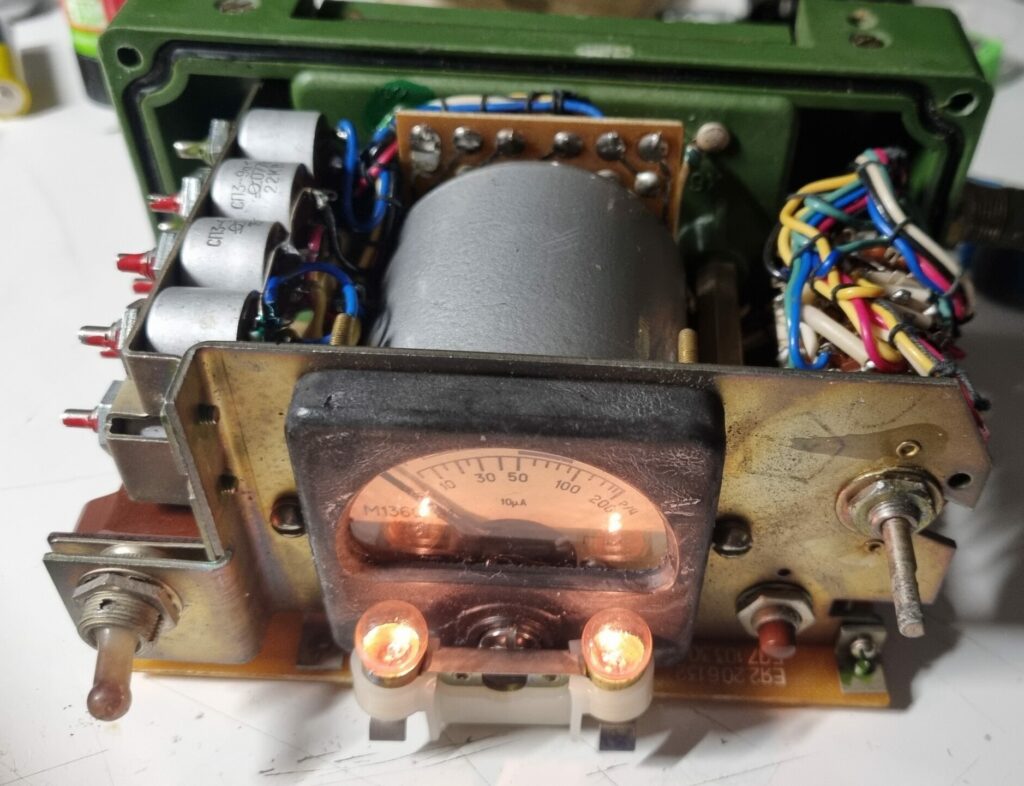
Regarding this version of the DP5-V, there’s an additional peculiarity: the “B-8” calibration source, originally containing 200kBq of Sr-90 (and now about 83kBq), is not located on the inner front of the leather case but rather in a rotating metal ring around the body of the probe. This design allows it to be used when necessary but always covered and inaccessible to the operator. The B-8 source is crucial for ensuring the accuracy of the radiometer by allowing periodic calibration checks against a known radiation standard, ensuring the device remains reliable and precise in its measurements over time.


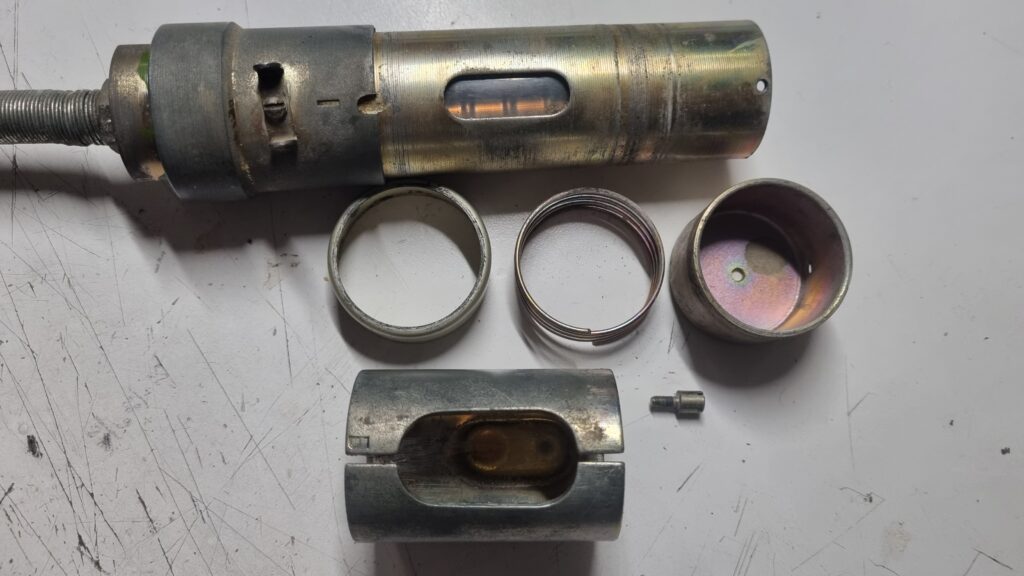
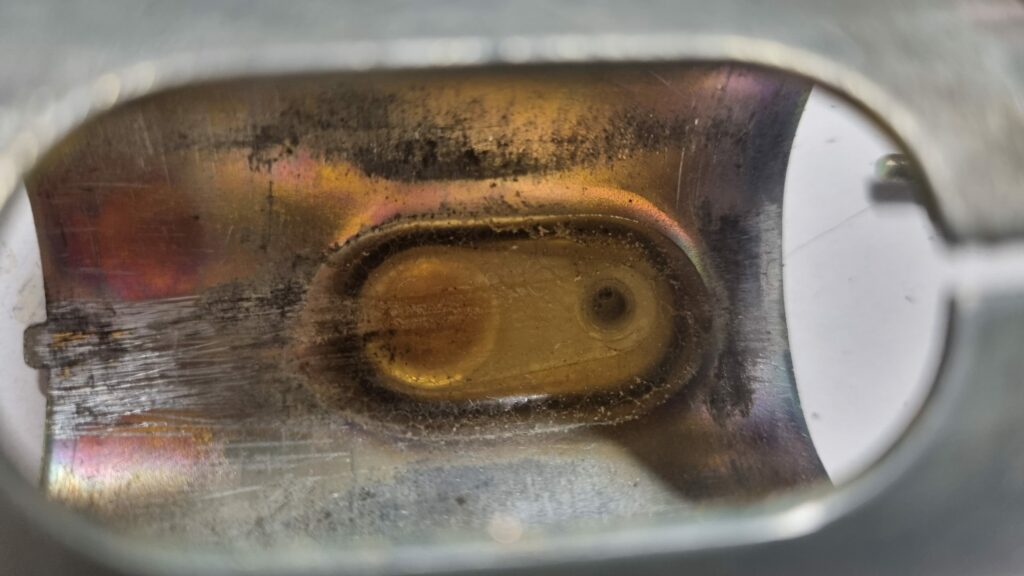
This combination of simplicity, reliability, and ingenious design features like the rotating B-8 source ring makes the DP5-V an interesting subject not only for enthusiasts of vintage electronics but also for professionals interested in the history and development of radiometric equipment.